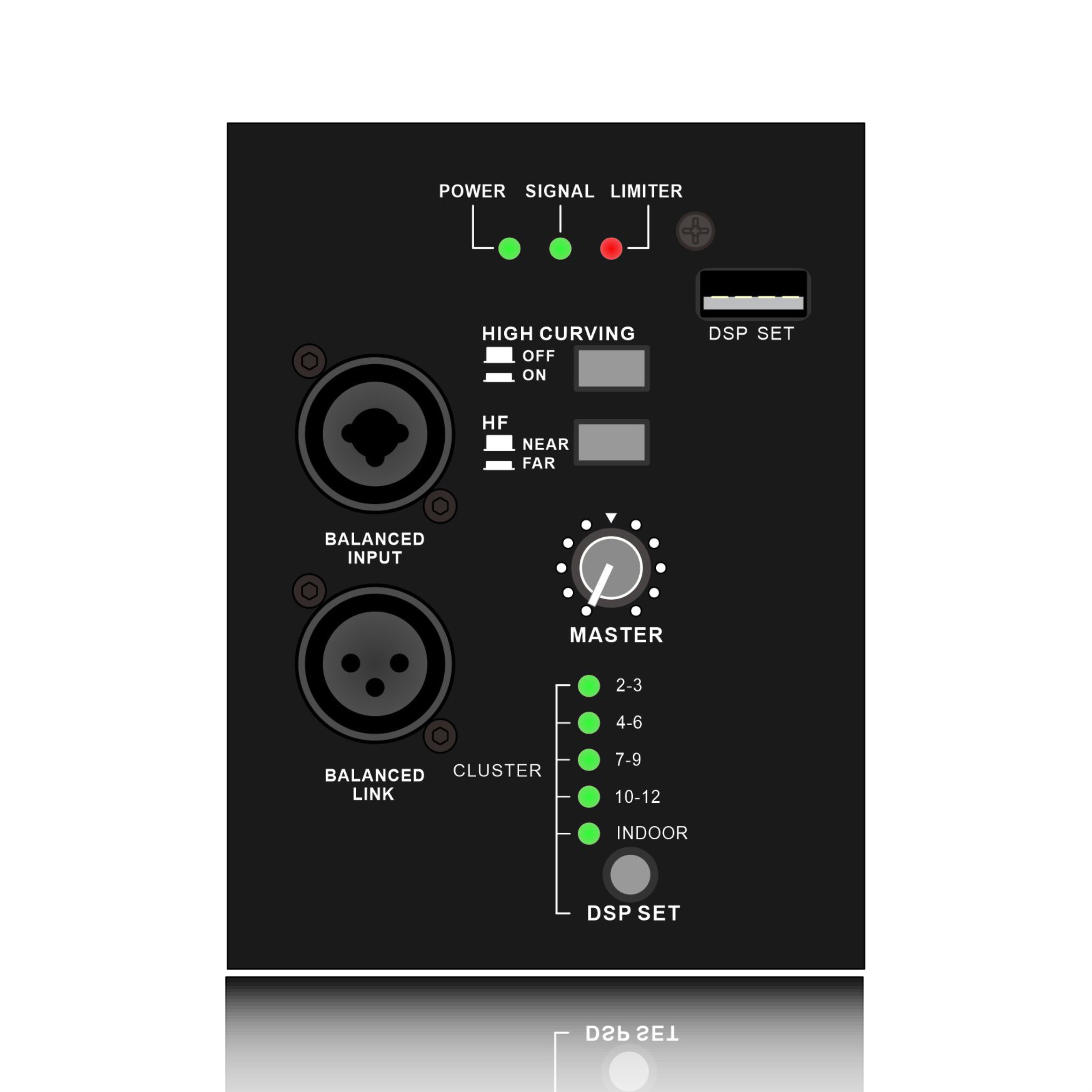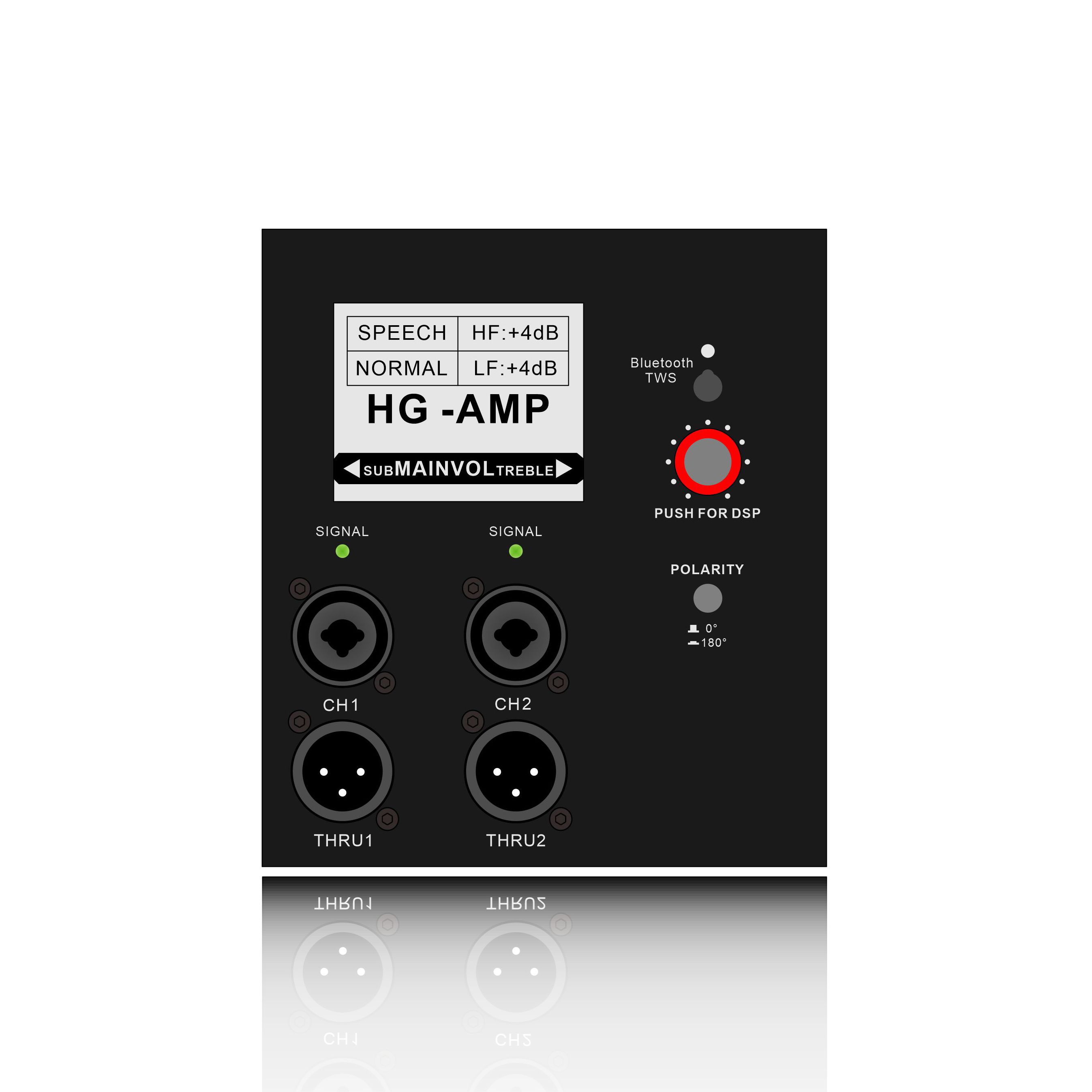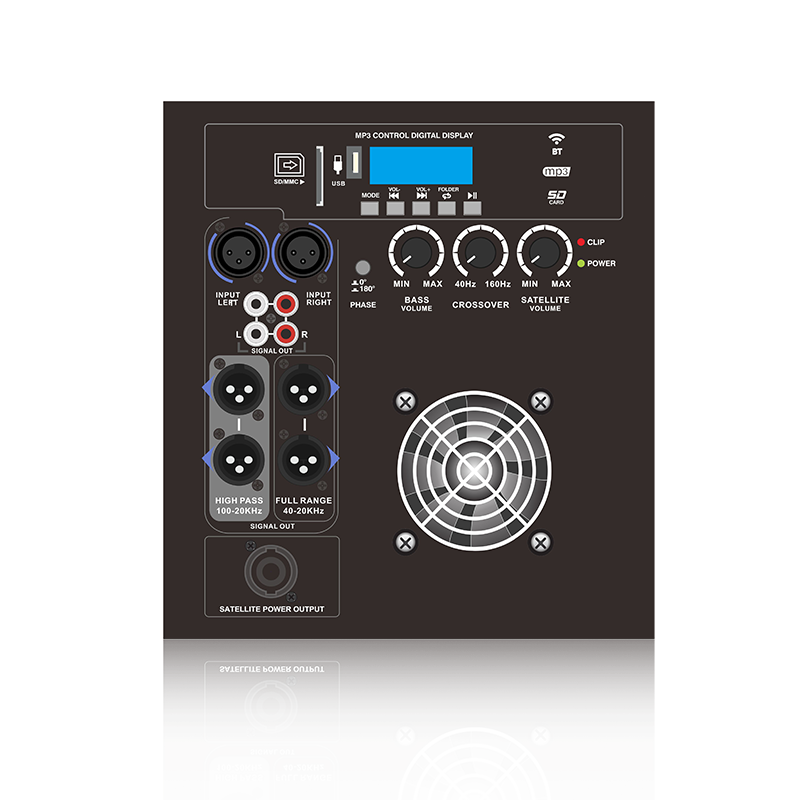The evolution of Line Array Power Amplifier Module technology is fueled by a constant quest for innovation, driven by the demand for superior audio performance, increased efficiency, and enhanced user experience. Several key innovations are at the forefront of driving this advancement:
-
Digital Signal Processing (DSP): Integrating advanced DSP capabilities directly into Line Array Power Amplifier Modules allows for precise control and optimization of audio signals. DSP algorithms enable functions such as real-time equalization, crossover filtering, dynamic range compression, and speaker protection, resulting in improved sound quality, consistency, and reliability.
-
Class D Amplification: The adoption of Class D amplifier technology in Line Array Power Amplifier Modules has led to significant improvements in efficiency and power density. Class D amplifiers operate with high efficiency, generating less heat and consuming less power while delivering ample output to drive Line Array speaker systems effectively. This efficiency translates to reduced energy consumption, smaller form factors, and lighter weight amplifiers without compromising on performance.

-
Network Connectivity: Incorporating network connectivity options, such as Ethernet or Dante/AES67 protocols, enables seamless integration and control of Line Array Power Amplifier Modules within networked audio systems. This connectivity facilitates remote monitoring, configuration, and firmware updates, simplifying system management and providing greater flexibility in large-scale installations or distributed audio setups.
-
Remote Control and Monitoring: Enhanced remote control and monitoring capabilities allow users to adjust amplifier settings, monitor performance metrics, and diagnose issues remotely via dedicated software applications or web-based interfaces. Real-time monitoring of critical parameters, such as temperature, voltage, and signal levels, enables proactive maintenance and troubleshooting, minimizing downtime and ensuring optimal system performance.
-
Power Management Technologies: Innovative power management technologies, such as power factor correction (PFC) and intelligent power supply designs, optimize energy efficiency and reliability while minimizing harmonic distortion and electromagnetic interference (EMI). These technologies ensure stable and clean power delivery to Line Array Power Amplifier Modules, enhancing overall system performance and longevity.
-
Integrated System Solutions: Manufacturers are increasingly offering integrated system solutions that combine Line Array Power Amplifier Modules with compatible Line Array speakers, signal processors, and control interfaces. These integrated solutions are designed for seamless interoperability and ease of installation, providing users with a comprehensive audio system tailored to their specific requirements.
Innovations such as digital signal processing, Class D amplification, network connectivity, remote control and monitoring, power management technologies, and integrated system solutions are driving the advancement of Line Array Power Amplifier Module technology. These advancements result in improved audio performance, greater efficiency, enhanced user experience, and increased flexibility in deploying and managing Line Array-based sound reinforcement systems.

 English
English 中文简体
中文简体










